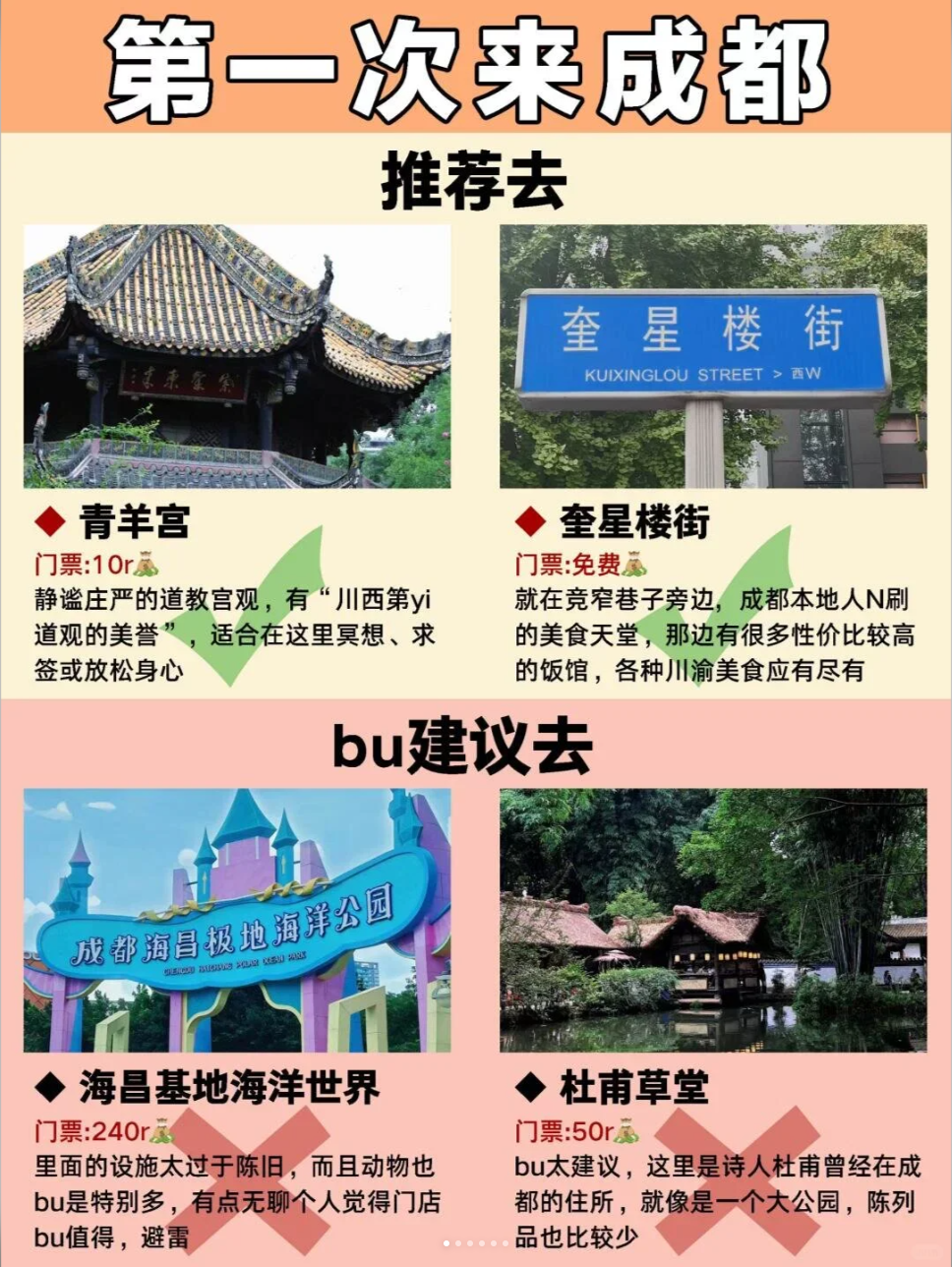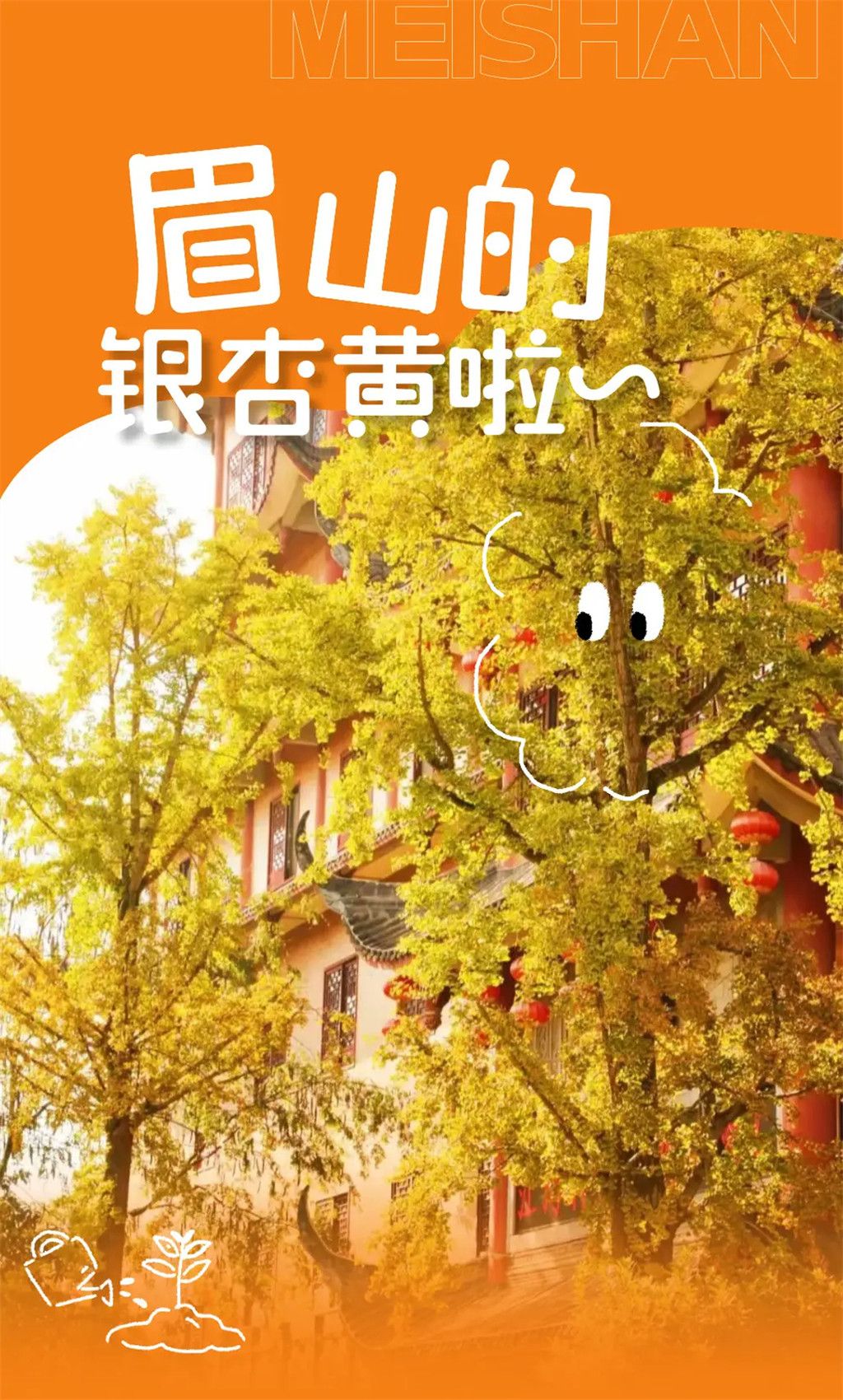叙利亚内战已持续多年,导致数百万人口流离失所。随着各方力量争斗升级,大马士革局势动荡不安,其未来走向备受关注。目前多方势力争夺权力,国内经济和基础设施建设也面临严峻挑战。解决叙利亚问题需要国际社会携手合作,包括联合国、俄罗斯和土耳其等多国积极参与其中,为和平与稳定注入新的动力。
The ancient city of Damascus is located in Syria, Northern Syria. It used to be the capital of the Roman Empire and now serves as an important historical and cultural center. During World War II, it was occupied and became part of the Ottoman Empire. In 1947, when Syria gained independence, Damascus became the country's capital. Today, it is the country's political, cultural, and economic center.
From a historical perspective, Damascus has received numerous accolades, known as "City of Gardens," "City of Poetry," and "City of Mosques," making it a desirable destination for many world tourists. The old town of Damascus is classified as a UNESCO World Heritage Site and consists of a fortress with a gates surrounding it. Its layout has been preserved since the arrival of the阿拉伯 caliphate, with streets oriented around four corners and streets paved with wicker marketplaces, vehicle rental areas, palaces, minarets, and towers. The new town is spacious and contemporary, decorated with fragrant grasses that surround it, creating a peaceful atmosphere. Visitors can visit the Al-Masad al-Din Islamic Madrasa, the Saladin Mausoleum, the Old City Castle, King Sinan's Palace, and the cancer hospital in Damascus.
In addition to visiting the Al-Masad al-Din Islamic Madrasa and other landmarks such as the Al-Masad al-Din Mausoleum, visitors to Damascus should also not miss the following sites: the ancient streets of Damascus; the houses of the elite in the East; the large green gardens of Damascus; and the medical facility in Damascus.






发表评论